What is the Menu key? And how to remap it?
Do you know the computer keyboard has a Menu key? On the full-size keyboard, you will see this key on the left or right of the Ctrl key. This key will open the context menu but you can adjust it to make it more useful.
- Fix keyboard error not working on Windows 10
- Why do the F and J keys on the computer keyboard have horizontal lines?
- How to use Fn key - function on Laptop keyboard
Where is the Menu key on the keyboard?
On the full keyboard, the Menu key is located between the right Windows key and the right Ctrl key, to the right of the Space key. This Menu key is sometimes called the application key.
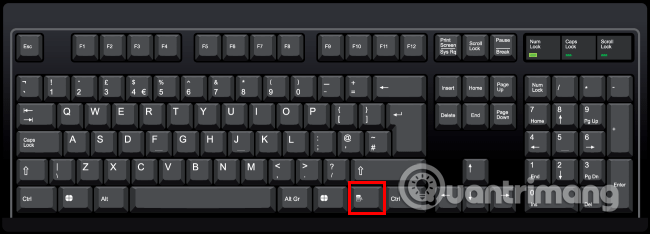
On smaller keyboards such as laptop keyboards, manufacturers often remove this key to save space. Other smaller keyboards can remove the right Windows key and leave the Menu key between Alt and Ctrl keys right.
If your keyboard has a Menu key, it will be on the left of the right Ctrl key. You won't see from the menu printed on the key, it has an image that looks like a menu. This image is not standardized and it will vary depending on the computer manufacturer. Sometimes it has a small mouse pointer on the menu or a stylized menu, square or rectangle with some horizontal lines on it.
So what is the Menu key used for?
The Menu key is used to open the context menu for the currently used application. Basically, it's the same as a right-click operation on your selection on the application.
For example, you can try pressing the Menu key while viewing this website and will see the context menu of your web browser as you right-click on the page.
This key is useful when there is no mouse or right click or broken mouse. It works with many applications. If you select a file or folder in File Explorer and press the Menu key, you will see the context menu as you right-click the file.

With this key you can use the context menu with the keyboard without the mouse. You can press the menu key, use the arrow keys and select the option, then press the Enter key and click it. Select text or other elements with the keyboard shortcut and press the Menu key to activate the context menu option that can be performed on the keyboard without a mouse.
Microsoft is now planning to convert this key into an Office key to match the Windows key. Since most PC users do not use this key, it will waste a lot of keyboard space if left there.
Shift + F10 can act like a Menu key
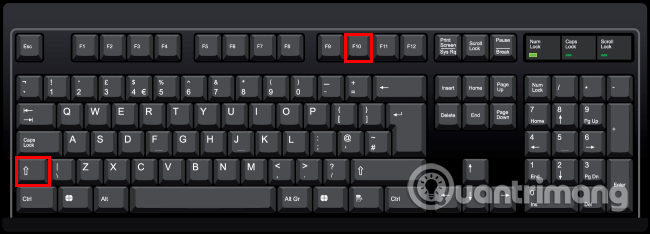
If your keyboard does not have a menu key, you can still open the context menu by pressing the shortcut key by pressing Shift + F10 , similar to using the Menu key.
However this does not work on every application. If you can't use it, you can try Ctrl + Shift + F10 .
How to remap Menu key?
The Menu key is not as annoying as the Windows key. If accidentally accidentally clicked on it, it will not transfer you to games and other full-screen applications. However, you can change the behavior of the Menu key and make it more useful.
Many people like to use SharpKeys to quickly remap this key to another key. You can remap the key in the Windows Registry but it's more complicated. SharpKeys provides a handy graphical interface to customize the registry value for you.
After installing and launching SharpKeys, click the Add button to add a new remap.
- Download SharpKeys for Windows
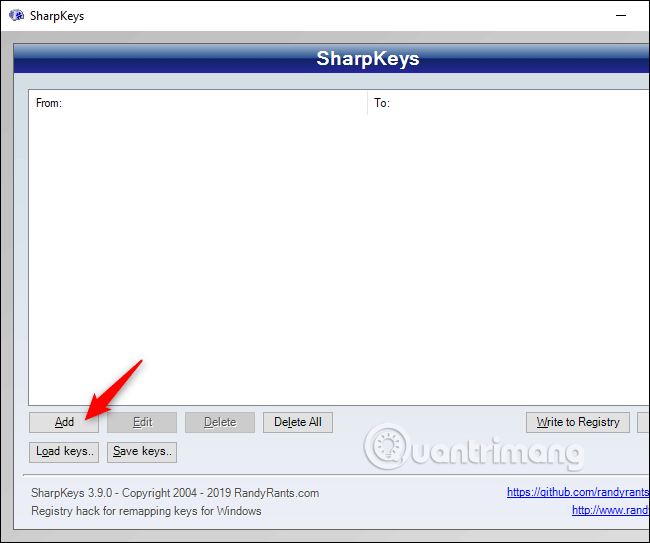
Select Special: Application (E0_5D) on the left frame. You can also click on Type Key and press the Menu key.
In the right pane, select the key you want to remap the Menu key. For example, you can choose Web: Back and this key will function as the back key on the browser and other supported applications.
When done, click on OK .
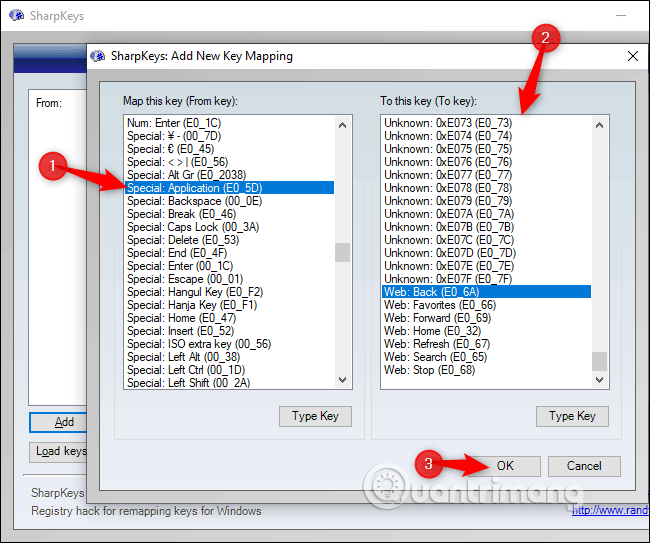
Click Write to Registry to write your changes to the Windows Registry. Then close the SharpKeys window and restart the computer or log out and log back on. This change will be applied when logging in next time.
If you want to return to the previous function, open SharpKeys, select the rule and use the Edit or Delete button to change or delete it. Write changes to the registry and then log out, log back in.

You can use SharpKeys to reassign other keys. For example, you can turn Caps Lock keys or Windows keys into other keys.
How to customize the Menu key with AutoHotkey
For more advanced customization, you should use AutoHotkey to write a small script for the Menu key and perform other actions when clicking it. In AutoHotkey, this key is called Appskey.
For example, the following line in the AutoHotkey script will disable the menu key (of AppsKey) and make it do nothing (Return):
AppsKey :: Return
This code in the AutoHotkey script will launch Microsoft Word when you press the Menu key:
AppsKey ::
Run WINWORD
return
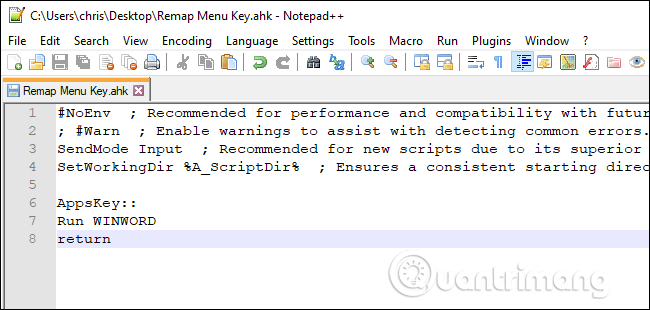
I wish you all success!
You should read it
- How to delete options in the Windows context menu
- This small application helps bring the context menu interface of Windows 10 to Windows 11
- How to Clean the Windows Context Menu via Registry
- How to add 'Edit or Run with' to the right-click menu of PS1 files
- How to fix Win X menu errors doesn't work on Windows 10
- Microsoft is committed to improving the context menu experience on Windows 11
 What is Boot Sector?
What is Boot Sector? What is the Linux Ralink Client? Why is it displayed in the Windows network?
What is the Linux Ralink Client? Why is it displayed in the Windows network? What is Reddit Premium and how does it work?
What is Reddit Premium and how does it work? 6 misunderstandings about Dark Web
6 misunderstandings about Dark Web Learn about Hackintosh
Learn about Hackintosh